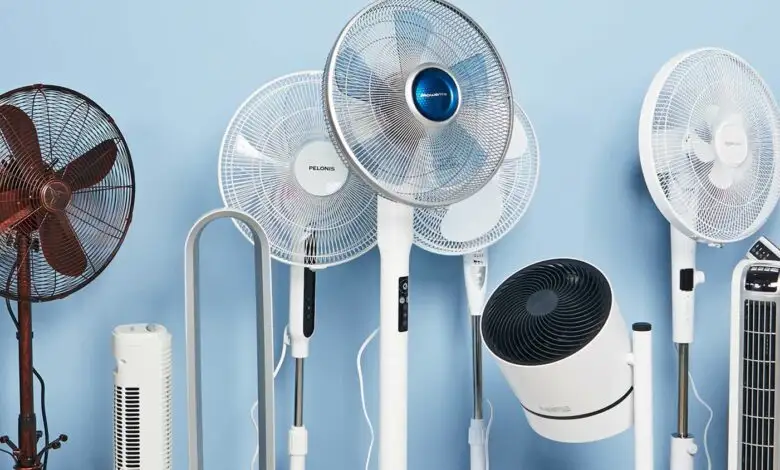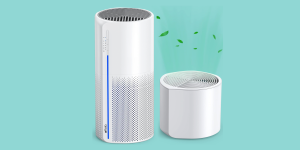Electric Fans: What They Are, How They Work, Applications, and Safe Usage

1. What Is an Electric Fan?
An electric fan is a device that generates airflow using an electric motor to rotate blades, creating a cooling effect by circulating air. It is widely used in households, workplaces, and industries to improve ventilation and comfort.
Types of Electric Fans:
- Ceiling Fans: Mounted on ceilings, these fans provide widespread air circulation in rooms.
- Table Fans: Small, portable fans placed on desks or tables for personal cooling.
- Standing Fans: Adjustable-height fans that provide direct airflow.
- Wall-mounted Fans: Fixed on walls to save space while offering efficient air movement.
- Exhaust Fans: Used for ventilation, removing hot air and odors from kitchens and bathrooms.
- Tower Fans: Sleek, space-saving fans with vertical blades.
Common Uses of Electric Fans:
- Cooling indoor spaces.
- Enhancing air circulation.
- Aiding in drying wet surfaces and materials.
- Improving ventilation in enclosed areas.
2. How Does an Electric Fan Work?
Electric fans operate using a simple yet effective mechanism. When the fan is powered on, the electric motor rotates the blades, pushing air forward and creating airflow. The following components play key roles in the operation of an electric fan:
Main Components of an Electric Fan:
- Electric Motor: Converts electrical energy into mechanical motion.
- Fan Blades: Rotate to create airflow.
- Protective Grill: Ensures safety by preventing direct contact with blades.
- Base and Stand: Provides stability and support.
- Speed Control Mechanism: Adjusts the intensity of airflow.
- Oscillation Mechanism: Enables movement from side to side for wider air distribution.
3. Where Are Electric Fans Used?
Electric fans have numerous applications in everyday life, ranging from domestic to industrial settings. Some key usage scenarios include:
Household Uses:
- Cooling living spaces.
- Enhancing air circulation in kitchens and bedrooms.
- Removing humidity and odors in bathrooms.
Industrial and Commercial Uses:
- Ventilating factories and warehouses.
- Assisting in drying processes in manufacturing.
- Cooling electronic devices and machinery.
Other Applications:
- Supporting HVAC systems.
- Used in agriculture for livestock ventilation.
- Providing comfort in public spaces such as schools, offices, and restaurants.
4. How to Use an Electric Fan Safely
To ensure safe and efficient use, follow these important guidelines:
Safety Tips for Using Electric Fans:
- Place the fan on a stable surface: Avoid uneven or wobbly areas.
- Keep the fan away from water: Prevent risks of electric shock.
- Do not insert objects into the fan: Ensure safety, especially in households with children.
- Unplug when not in use: Reduces electrical hazards and conserves energy.
- Regular cleaning and maintenance: Remove dust buildup for better performance and hygiene.
- Check for damaged wires: Avoid using fans with frayed or broken cords to prevent short circuits.
- Avoid overheating: Do not leave the fan running continuously for extended periods.
By following these safety measures, you can maximize the benefits of electric fans while minimizing risks.
Conclusion
Electric fans are essential devices that offer cooling, ventilation, and air circulation across various environments. Understanding their working principles, applications, and safety precautions helps users optimize their usage while ensuring safety. Whether for personal comfort or industrial purposes, electric fans remain a reliable and energy-efficient solution for improving air movement and comfort.







